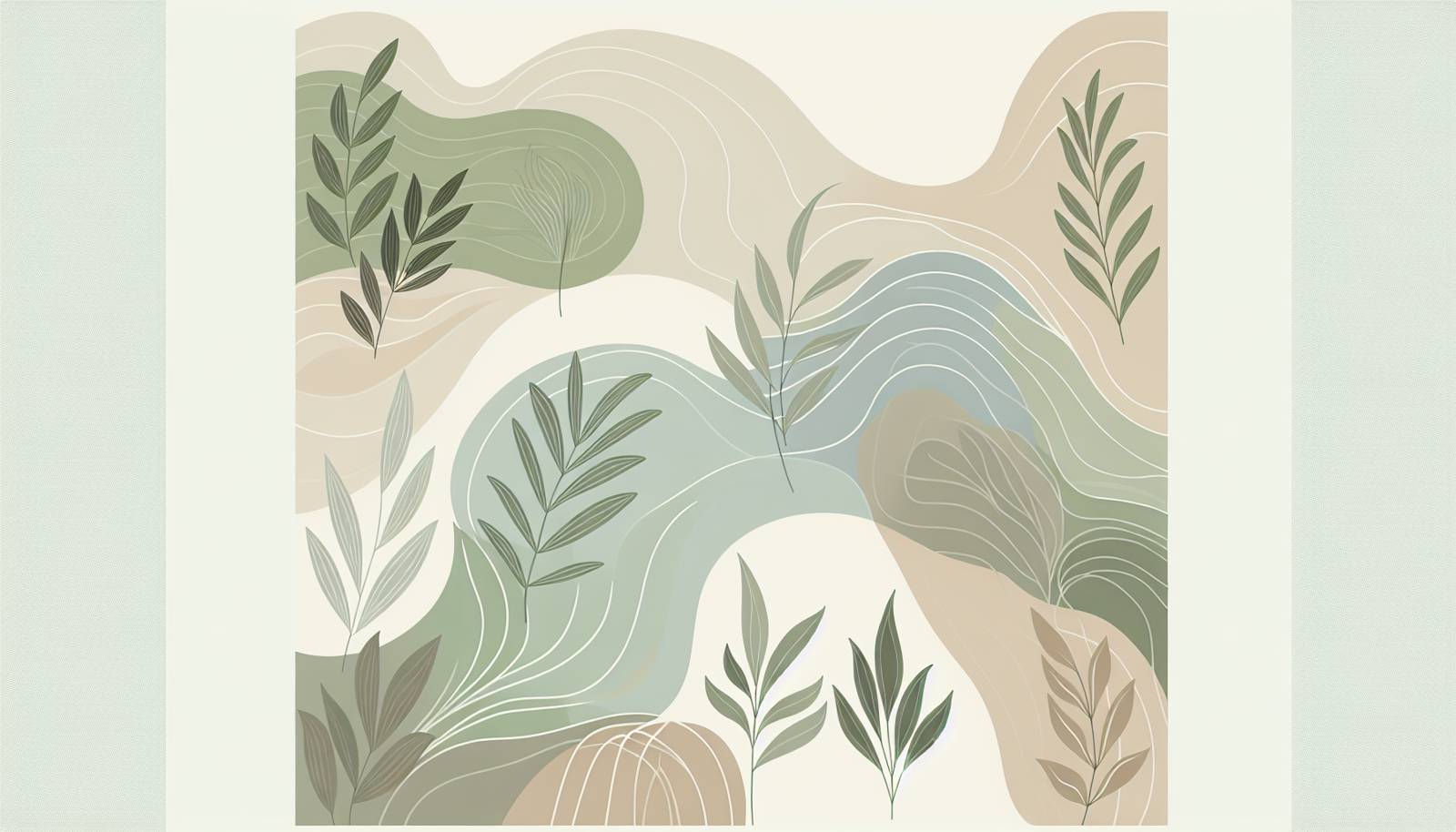
FAQ About Why Are My Indoor Plants Dying?

What are some common reasons indoor plants die?
Common reasons for indoor plants dying include overwatering, underwatering, inadequate light, pests, diseases, and unsuitable temperature or humidity levels. Overwatering can lead to root rot, while inadequate light can prevent photosynthesis, which is essential for growth. Additionally, fluctuating temperatures and low humidity can stress plants, making them susceptible to diseases and pests.

How can I tell if I'm overwatering or underwatering my plants?
Overwatered plants often exhibit yellowing leaves, soft or mushy stems, and roots that are brown and mushy when examined. Underwatered plants will typically show dry, brown, and crispy edges on leaves, and the soil will be dry to the touch. Monitor the plant's water needs by checking the soil moisture level before watering.

What should I do if I suspect my plant has root rot?
If you suspect root rot, gently remove the plant from its pot and examine the roots. Healthy roots are usually white and firm, whereas rotten roots will appear brown, slimy, and soft. Trim away the affected roots, repot the plant in fresh, well-draining soil, and adjust your watering schedule to prevent recurrence.

How does light affect indoor plant health?
Light is a crucial factor in plant health because it directly impacts photosynthesis, the process through which plants produce energy. Insufficient light can lead to stunted growth and loss of leaves, while too much direct sunlight may scorch leaves. Ensure your plant receives the appropriate amount of light needed for its species, which can vary from low, medium to bright indirect sunlight.

Can indoor plants recover from pest infestations?
Yes, indoor plants can often recover from pest infestations if treated promptly. First, isolate the affected plant to prevent the spread. Use an appropriate pesticide, insecticidal soap, or natural remedies like neem oil. Regularly remove any visible pests and maintain optimal plant conditions to strengthen its resilience.

What environmental factors can affect my indoor plants' health?
Environmental factors such as temperature, humidity, light, and air circulation significantly affect indoor plant health. Most houseplants thrive at temperatures between 60-75°F (15-24°C) and prefer humidity levels of 40-60%. Ensuring good air circulation around plants helps prevent fungal diseases and pest infestations.

How can I increase humidity for my indoor plants?
To increase humidity, you can mist your plants regularly, use a humidifier, or place a tray of water near your plants to evaporate and raise air moisture levels. Grouping plants together can also create a more humid microclimate as the air around them becomes more saturated.

Why are my indoor plant leaves turning yellow?
Yellowing leaves can be a sign of several issues, such as overwatering, nutrient deficiencies, or insufficient light. Determine the exact cause by evaluating watering practices, checking for signs of nutrient shortage like weak growth, and ensuring the plant is receiving adequate light for its species.

How often should I fertilize my indoor plants?
Indoor plants generally need to be fertilized every 4-6 weeks during their growing seasons (spring and summer). Use a balanced water-soluble fertilizer and follow the instructions on the label. During dormant periods (fall and winter), reduce or completely stop fertilization as plants require fewer nutrients when not actively growing.

What's the best way to clean dust off indoor plant leaves?
Clean indoor plant leaves by gently wiping them with a damp cloth to remove dust, which can block light absorption and hinder photosynthesis. For small or delicate leaves, a soft brush or a gentle shower can be used to rinse the dust away.
